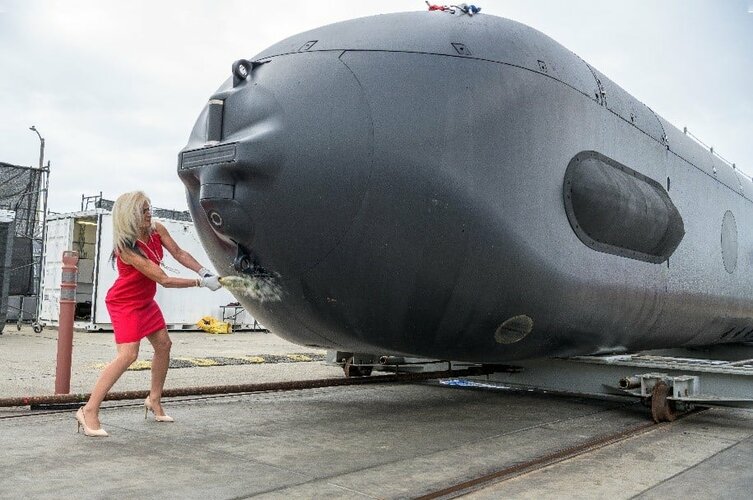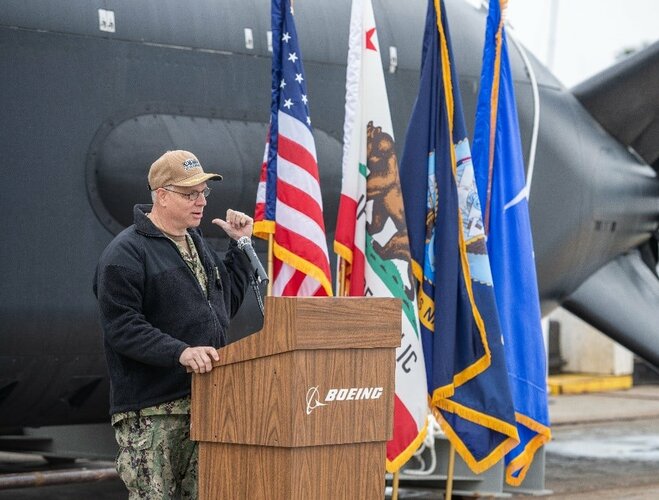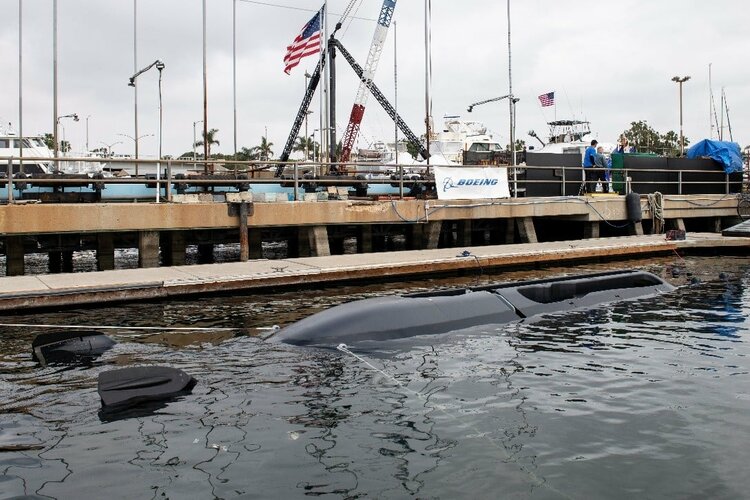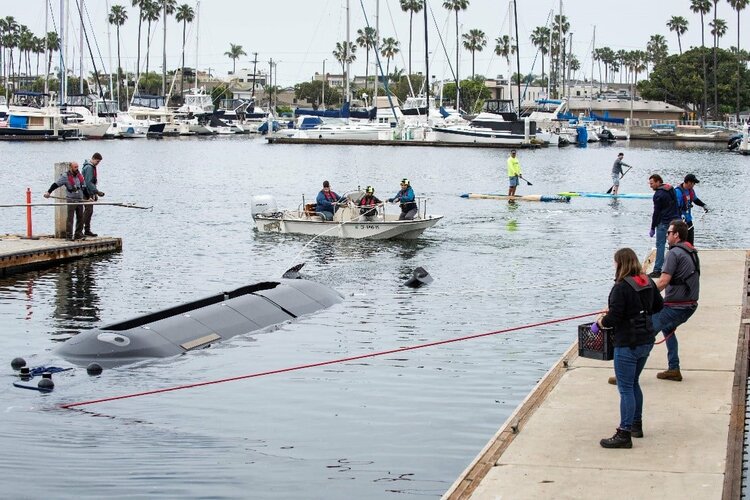Robot Ships & Submarines
Congress and the Pentagon are deeply at odds over the future of the fleet. The Navy, backed by Defense Secretary Mark Esper, sees robotic vessels as crucial adjuncts to larger manned warships, with unmanned surface and underwater vehicles (USVs and UUVs) serving as
relatively expendable scouts, decoys, and missile launchers. Congress, however, remains deeply committed to
traditional shipyards and President Trump’s campaign promise of 355 (manned) ships. There’s fear on Capitol Hill. that the Navy may be moving too fast towards full-up prototypes before working out technical basics, like how to keep ships running with no maintenance crew aboard and how to retain human control of lethal weapons from a long way away.
Both the House and Senate Armed Services Committees have passed
language limiting the robo-boat programs. SASC forbids the Navy from spending 2021 appropriations on the Medium USV, Large USV, Large Displacement UUV, or Extra-Large UUV until it can show their “‘critical mission, hull, mechanical, and electrical sub-systems’’ will work well. The
HASC language specifically says the LUSV must function 30 days without human maintainers; SASC sets a 45-day (1,080-hour) threshold for both LUSV and MUSV.
We haven’t seen HASC’s funding tables yet, so we don’t know if the House committee wants to cut these programs. But the Senate funding tables cut them by over
$548 million (and authorizers do have the power to limit spending):
- Prototyping for Medium and Large USVs is cut entirely, with SASC rejecting the entire $464 million request as “excess procurement ahead of satisfactory testing.”
- Prototyping for Large Unmanned Undersea Vehicles is cut nearly in half, losing $36 million out of a $78 million request, again as “excess procurement ahead of…. testing.”
- Prototyping specifically for the XLUUV (aka the Boeing Orca) and the LDUUV (aka Snakehead) are each cut $10 million (out of an unspecified total) for having an “uncertified test strategy.”
- Even the relatively small and modest Barracuda mine-hunting UUV prototype is cut $28 million for an unspecified “program delay.”
On the upside, SASC would add
$115 million for “advanced surface machinery” to help unmanned surface vessels operate without human maintainers: $45 million for “USV autonomy” and $70 million for “engine and generator qualification testing.” That partially offsets the cuts above – but in a way that makes it very clear the Senate wants the Navy to get the basics right before putting prototypes to sea.


















